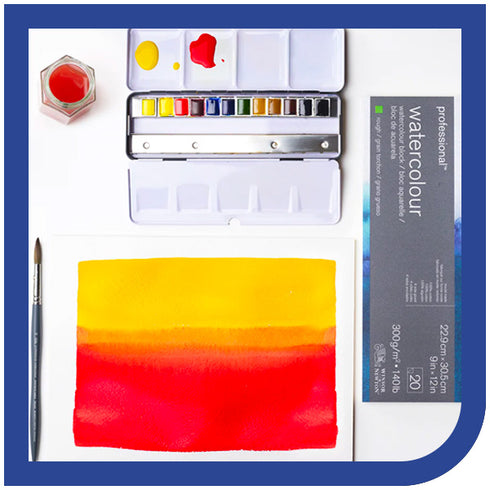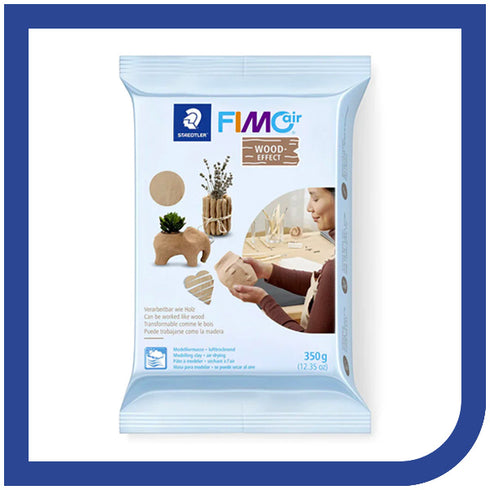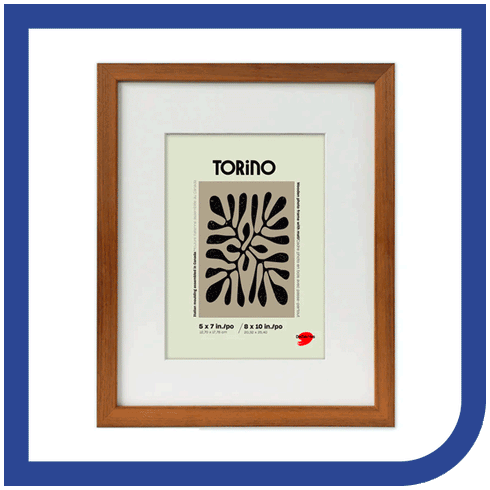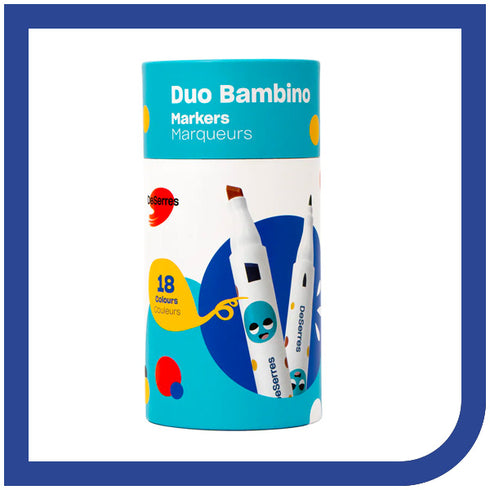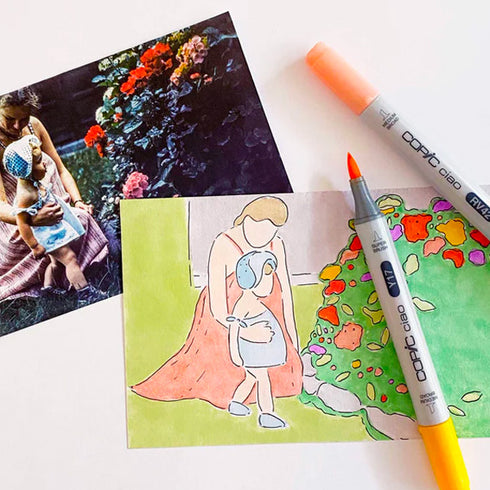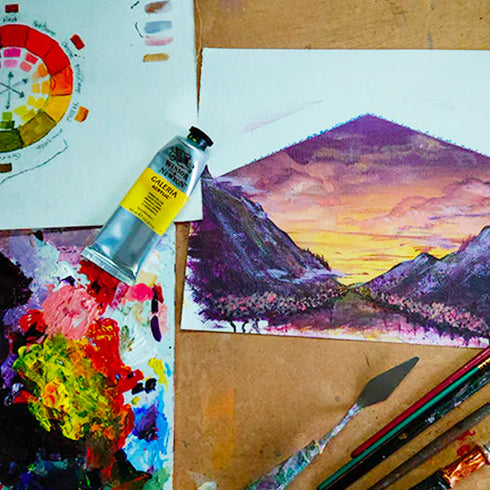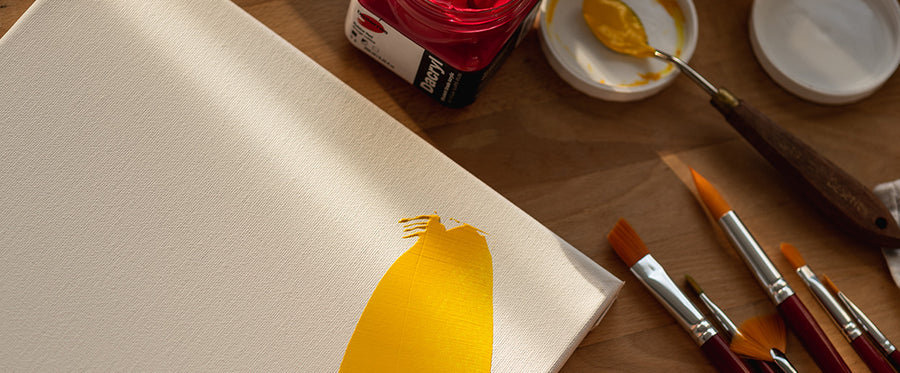Artists began using acrylic paints only in the mid-twentieth century, thanks to advances in chemistry. Today, many people enjoy acrylics because they’re more permanent than any other medium, and very easy to use.
How is acrylic paint made?
Acrylic paint is made of pigments suspended in a polymer emulsion. The pigments (non-water-soluble coloured powders) are incorporated into a liquid plastic substance (polymer resin) that are dissolved and mixed with water. When the paint is applied to a surface, the solvent (water) evaporates, and the binder (polymer) forms a transparent film that holds the pigments together. The drying time, or water evaporation rate, varies according to surrounding temperature and humidity.
Acrylics manufacturers are constantly improving their products to reduce these variations.
Once dry, polymer resins are waterproof, transparent and flexible (except at cold temperatures), and they generally do not yellow. Polymer is a type of plastic that doesn’t break down, so a high-quality polymer combined with a high enough concentration of pigments will ensure a long-lived paint film.
Acrylic colours and mediums should not be mixed with turpentine or oil. However, you can use oil paint to paint over acrylics once they’re dry. You can begin your work by applying a base coat of acrylic and then continue using oil. Just be sure not to make your surface too smooth with the acrylic, and remember that the reverse won’t work: Acrylics cannot be used to paint over an oil base.
Paint quality
Like all other paints, acrylic paint is produced in fine and extra-fine ranges often labelled for artists or for students.
Difference between the two quality?
The main difference is in the concentration and quality of the pigments. In acrylics intended for beginners, expensive pigments, such as cadmium and cobalt, are replaced by more affordable ones.
Surfaces
Acrylics are extremely versatile, and can be used on any number of surfaces, including canvases, wood, cloth, metal and other oil-free surfaces. To ensure that your paint adheres to the surface you’ve chosen, you’ll want to prepare the surface accordingly. For example, wood should be sanded and sealed so that the paint sits on top of it and doesn’t absorb too deeply into the pores of the wood; non-porous surfaces such as plastic should be coated with the appropriate primer so that the paint doesn’t peel off.



